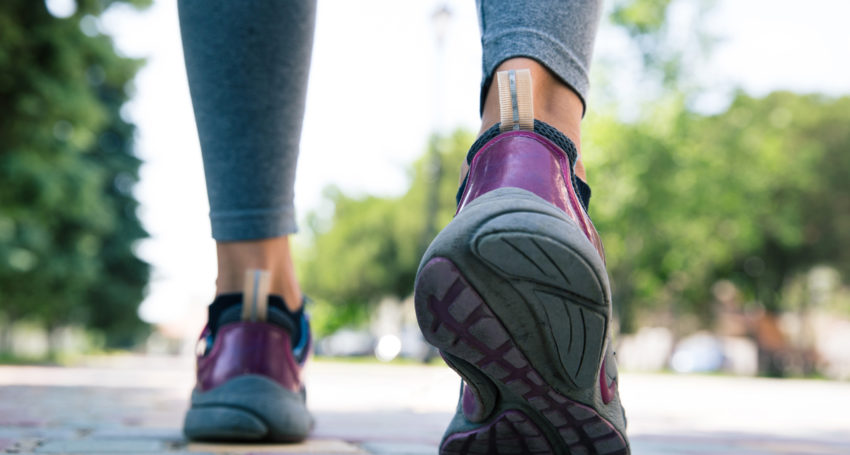Understanding the science behind work-life balance
Health & Medical
Ever wondered what balance of exercise, sleep, food and work delivers the best outcomes for your physical and mental health? A team of scientists led by researchers in South Australia is embarking on a four-year study to find out.

Sign up to receive notifications about new stories in this category.
Thank you for subscribing to story notifications.

The international team will use 200,000 data sources from Fitbits, activity monitors and time-use surveys linked with health data to create a prototype.
University of South Australia lead researcher Dr Dot Dumuid said first-class prototype would provide personalised advice on how best to use a 24-hour period for specific health outcomes.
She said Israeli mathematicians, University of Adelaide computer scientists as well as global behavioural epidemiologists and public health specialists would develop an analytical method to work out the ideal length of time needed on activities in order to achieve particular outcomes.
The software will form the basis of an online tool allowing people to improve time management while achieving the optimal health for their lifestyle.
“Every day everybody is given 24 hours. How people allocate that time to activities impacts their health,” Dr Dumuid said.
“We already know that things like screen time, exercise, sleep and work-life balance influence health, but now we are thinking about these things as linked parts that together make up a complete day. So, rather than talking about activities in isolation, we talk about ‘healthy days’ or ‘the optimal mix of activities’.”
The project was this month awarded a $951,708 grant from Australia’s National Health and Medical Research Council to collate data, create and test optimisation methods and develop a prototype.
“We already have access to many such data sets and we are reaching out to studies across the world to gain access to their data also,” Dr Dumuid said.
“But because people measure time in lots of different ways and there are different brands and different parameters that people have used in their studies, we will have to do some calibration across the different studies to make sure they can be put together.
“In industry optimisation, this kind of data happens all the time. For example, people optimise the mix of fertilizer to get the best crop yields but then there are also other factors like the lowest cost.”
Dr Dumuid said the usability of the prototype would be tested in a series of focus group sessions.
Despite the plethora of international health data available, she said previous studies had focused on single outcomes opposed to providing the perfect mix of activities for an individual.
“We’re all interested in different health outcomes but so far we’ve really just looked at one sort of health outcome at a time.
“For example, getting a lot of exercise may be best for adiposity outcomes, whereas getting enough sitting time might be best for academic outcomes.
“So, the best day or the best activity for one type of outcome won’t necessarily be the best for another type of outcome.”
The prototype development is one of nine University of South Australia projects to receive funding in the latest round of National Health and Medical Research Council grants. The Adelaide-based university researchers were collectively awarded $AU7.6 in health grants from the Federal Government.
Dr Dumuid said while the prototype had the potential to provide personal recommendations, she expected it would initially be used for population-based health advice, such as people at risk of dementia, and broad age group populations.
Jump to next article



